Choosing your SUP paddle

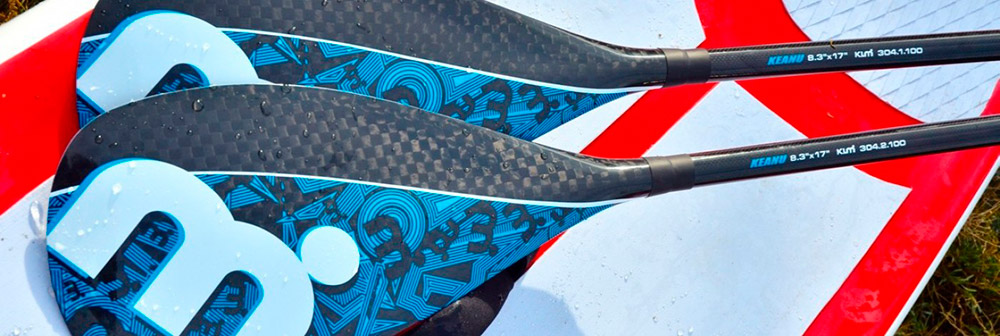
Materials We can distinguish three main types of SUP paddle constructions: aluminum, composite and carbon. Which one you will choose is mostly determined by the wealth of your wallet.
- Aluminum paddles are the cheapest, quite rigid, but usually a little heavy. This is a good starting option to have fun with your board and when you do not want to spend a significant amount of money. You should only accept a little greater effort needed to operate such heavier paddle.
- Composite paddles are made of a mixture of carbon materials and resin. They are a little more expensive than aluminum but in return offer a significantly lower weight and greater rigidity. A very good compromise between price, comfort and performance. They are great for beginner and more advanced paddlers.
- Full carbon paddles represent absolute top in terms of construction, extreme lightness and highest performance. However, you should expect a much greater expense. Although it is recommended mainly more advanced paddlers their values can be appreciated even by a beginners. The main disadvantage is lesser resistant to knocks and damages, so you should avoid hitting any hard objects with your paddle. If you do not have practice in handling the paddle it is recommended to choose a more robust design.
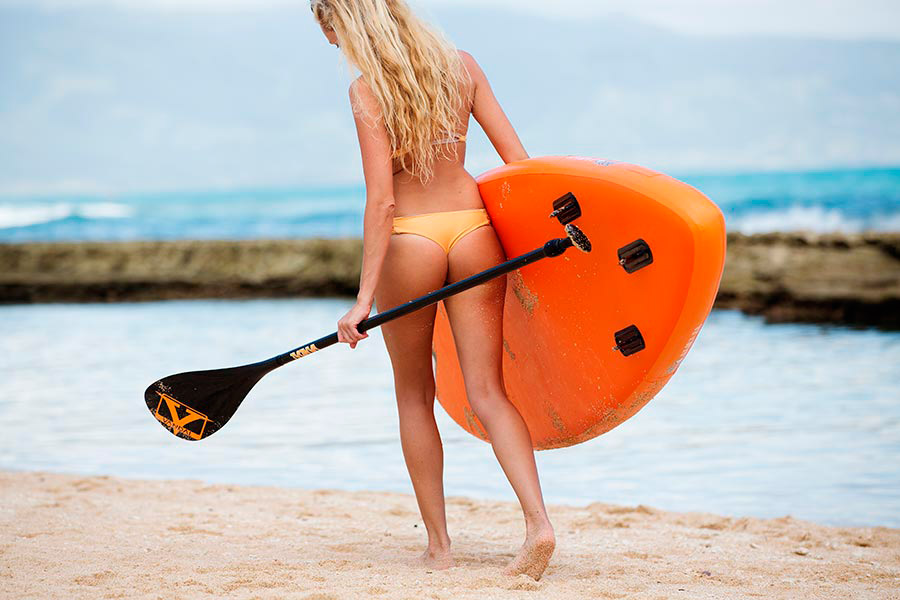
Parts Most paddles comes in 1, 2 or 3 pieces.
- 1-piece are the stiffest, but the least handy to transport and have a fixed length.
- 2-piece paddles are adjustable, consist of one long tube and a second pull-out one with a handle. They offer great stiffness and because they can be quite significantly reduced in length, they are easier to transport. They also allow to set the right length of the paddle more precisely.
- 3-piece paddles are constructed similarly to the two-piece, however, they have the additional connection in the middle of the main tube, which allows the paddle to spread on 2-3 smaller fragments. Slightly worse stiffness is rewarded by extremely handy packaging and transportation.
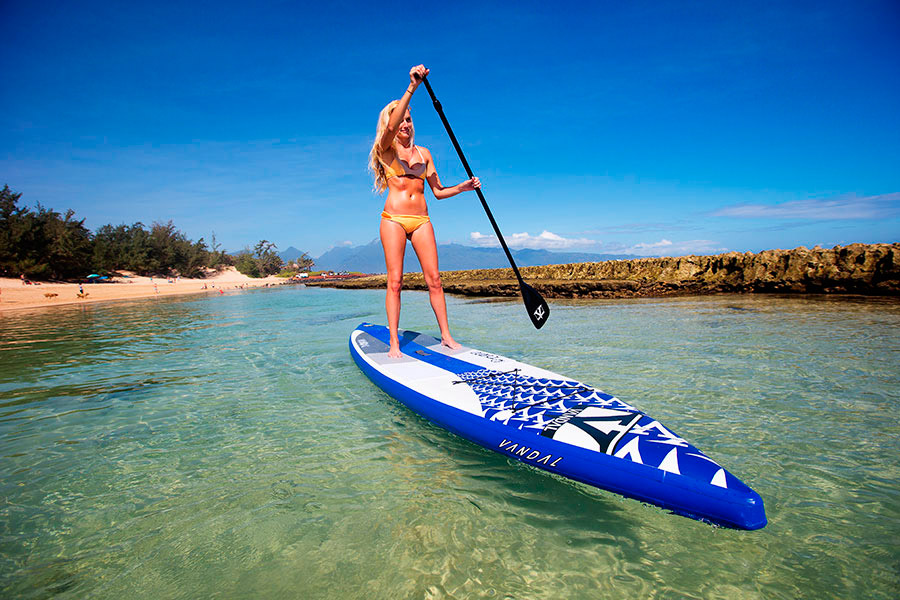
Blade size Choosing the best size of the blade for your liking is a very personal thing. There is no other way to find the right one than personally trying some paddles with different blades.
- But generally speaking, the smaller the paddle the less power it generates. They are recommended for touring when you do not care about the super-speed but more about maintaining the power for a longer time. They are also recommended for lighter/less strong persons.
- Larger blades are useful for surfing, when you need some extra power to quickly accelerate your board to catch the wave. However for more recreational purposes and longer trips some people like smaller ones.

Length of the paddle Finally the most important issue. For maximum comfort, efficiency and to avoid the risk of an injury it is necessary to choose the length of the paddle to our own body height. At the very beginning you won’t be able to set the ideal length. You must try some little adjustment to get the right feel of the paddle. For this reason it is recommended to choose a 2 or 3-piece paddle with adjustable length. Since the very beginning you will be difficult to assess what centimeter what is the right length, you should choose a paddle 2 or 3-piece with adjustable tip. A good starting point in choosing the proper length of the paddle is adding to your height approx. 20-25 cm. For example, if your height is about 180 cm then we can set the length of the paddle at about 200-205 cm. It is important to have an ability to extend or shorten the paddle a few centimeters from this setting. And please remember that a fully extended paddle is the least rigid and most susceptible to fracture. Therefore, do not choose a paddle that has your targeted length at the most extended position! Happy paddling!

JP-Australia’s 2025 Innovations – Collection Overview!
JP-Australia, a leader in the windsurfing industry, has just revealed its 2025 collection, bringing new technology, updated shapes, and innovative boards to elevate the water sports experience. From the groundbreaking S-TEC construction to enhanced designs of classic models and specially crafted boards for kids, the brand continues to focus on quality and excellence in every detail. Read on for a closer look!
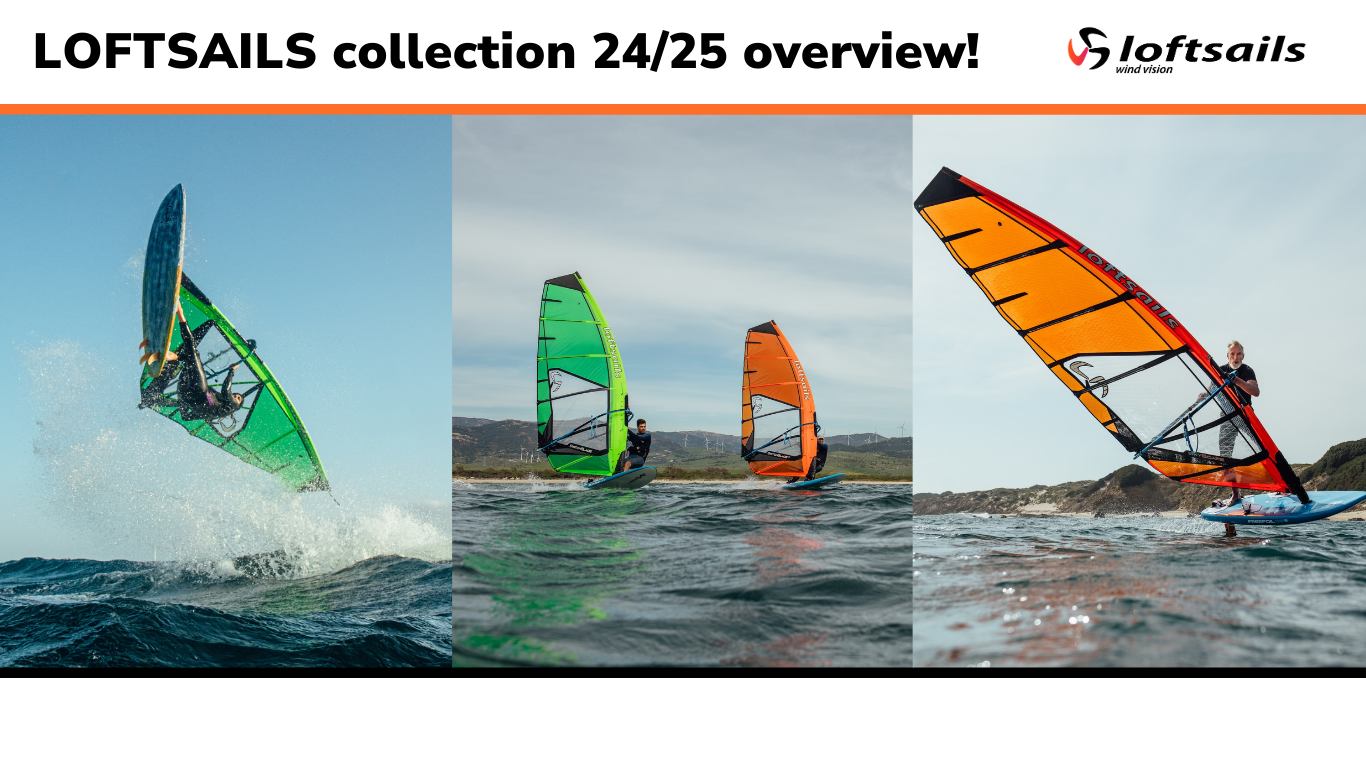
Loftsails 24/25 collection
We are thrilled to present the latest 24/25 Loftsails collection, now available for pre-order! This exciting line results from innovative technologies and years of experience that Loftsails has gathered in the world of windsurfing. Get to know the description of each model.
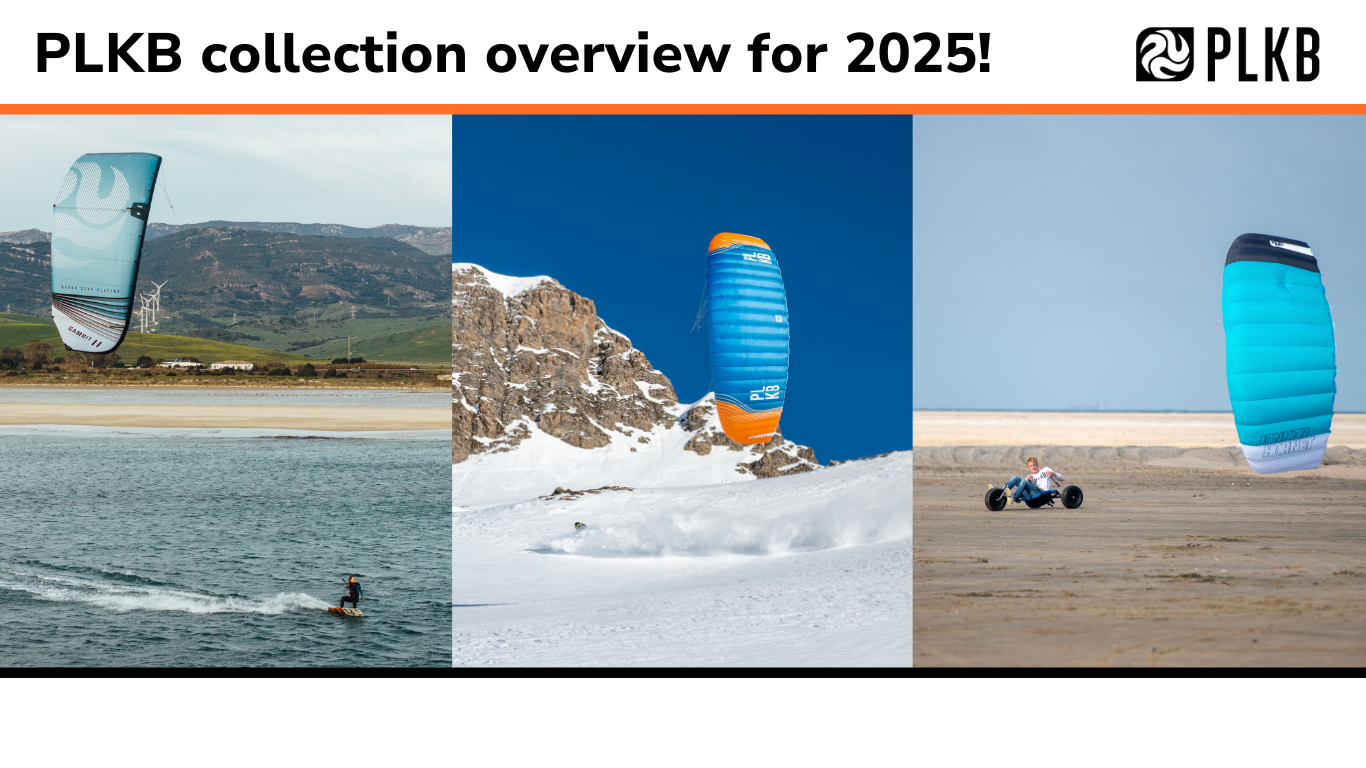
PLKB 2025 Collection – Kites and Gear for Kitesurfing, Snowkiting, and Landkiting!
Since we have launched preorders for 2025, and we are excited to present the entire collection from PLKB (Peter Lynn Kiteboarding). For years, this brand has been offering high-quality gear for kite, snow, and land kiting, allowing every kite sport enthusiast to find something suited to their needs, regardless of the terrain or season. PLKB’s extensive experience in creating kites that exceed expectations sets them apart, making every session enjoyable and thrilling. PLKB has taken on the challenge of outperforming major brands, overcoming all obstacles along the way.
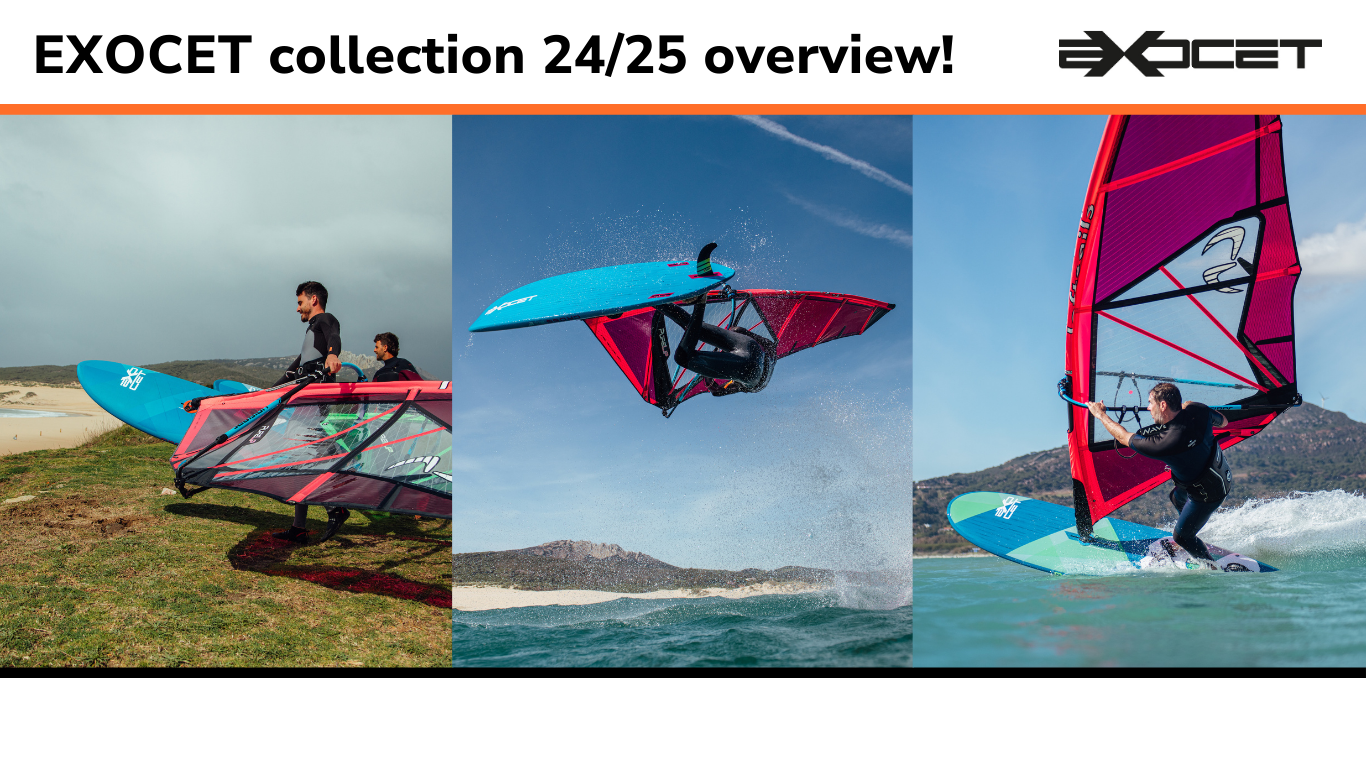
Exocet boards collection review for 2024/2025. Available for pre-order!
Meet EXOCET's collection of windsurfing boards for the 2024/ 2025 season, which is now available in pre-order! In the range of this french brand you will find constructions for classic windsurfing on the fin, as well as for foil. In this article we will acquaint you with the individual models to help you choose the right equipment for yourself ;) Don't hesitate to sign up for a preorder and get the latest model at a favorable price!
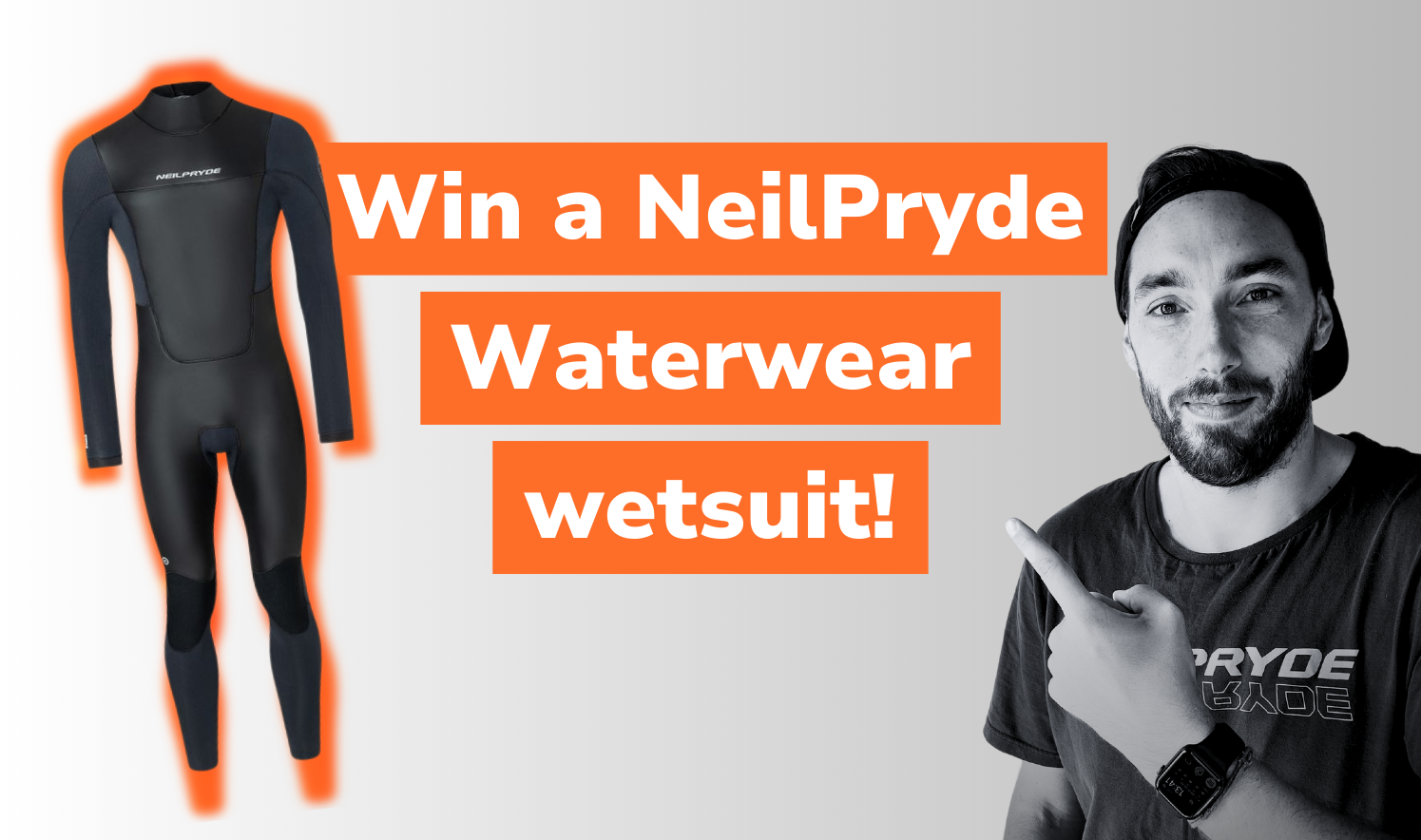
Win a NeilPryde Waterwear wetsuit!
Together with NeilPryde Waterwear, we're announcing a contest where you can win any wetsuit from the NeilPryde's range. Check the details below:

King of the Bay report!
What a weekend it was!!! 🤩 Rewa welcomed us royally! For four days, we enjoyed beautiful sunshine and conditions that allowed us to not only hold the planned races but also to carry out all other activities. The turnout exceeded our wildest expectations. Over 240 competitors registered for the event, and in addition to the participants, crowds of water sports fans flocked to Rewa. Everyone came with one goal: to spread passion and love for windsurfing, kitesurfing, wing foiling, SUP, and pump foiling! I'm still not fully recovered from this magical water sports festival, but the boost of positive energy and motivation we received, both myself and our entire EASY-surfshop team... It's simply indescribable! So much happened during these four days, and the event itself could be divided into two parts: racing and festival-market, which I'd like to briefly present to you.

What kind of wetsuit to choose? - learn tips to help you choose the right wetsuit
Are you planning to embark on a windsurfing, kit or foil adventure? If so, the first thing you will need is definitely a neoprene wetsuit, it will be an integral part of your equipment. The variety of wetsuits on the market can be overwhelming, so we'll give you a brief overview of the key elements when choosing the right one, but let's start with what exactly are they?
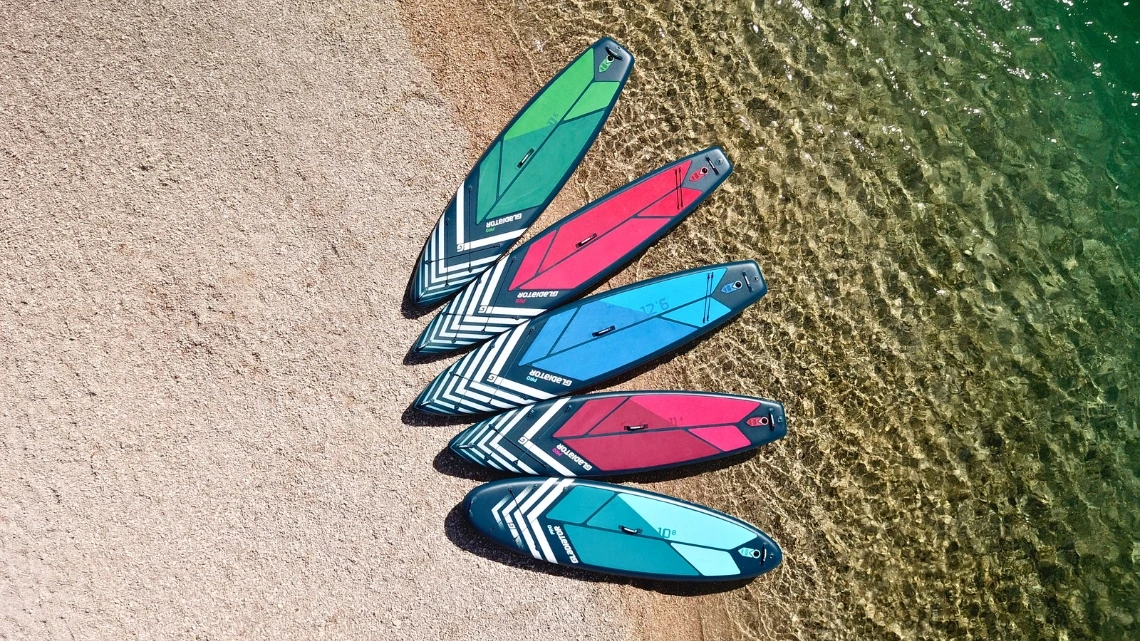
Gladiator SUP board collection review for 2024
SUP is an increasingly popular water sport that combines elements of recreation, training and adventure. If you're passionate about water activities, you've certainly heard of the Gladiator brand. Take a virtual tour of their SUP board collection for 2024!













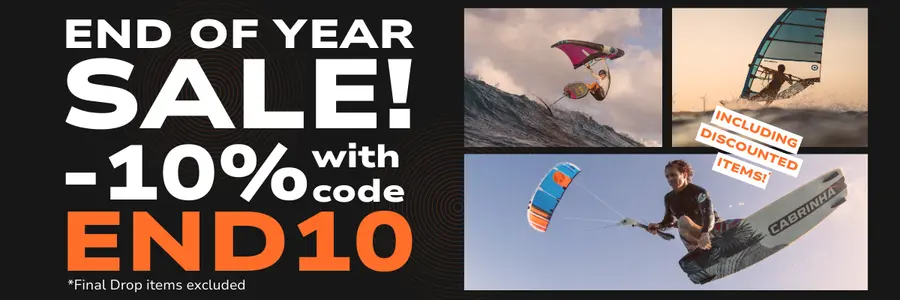



 Facebook
Facebook Instagram
Instagram YouTube
YouTube